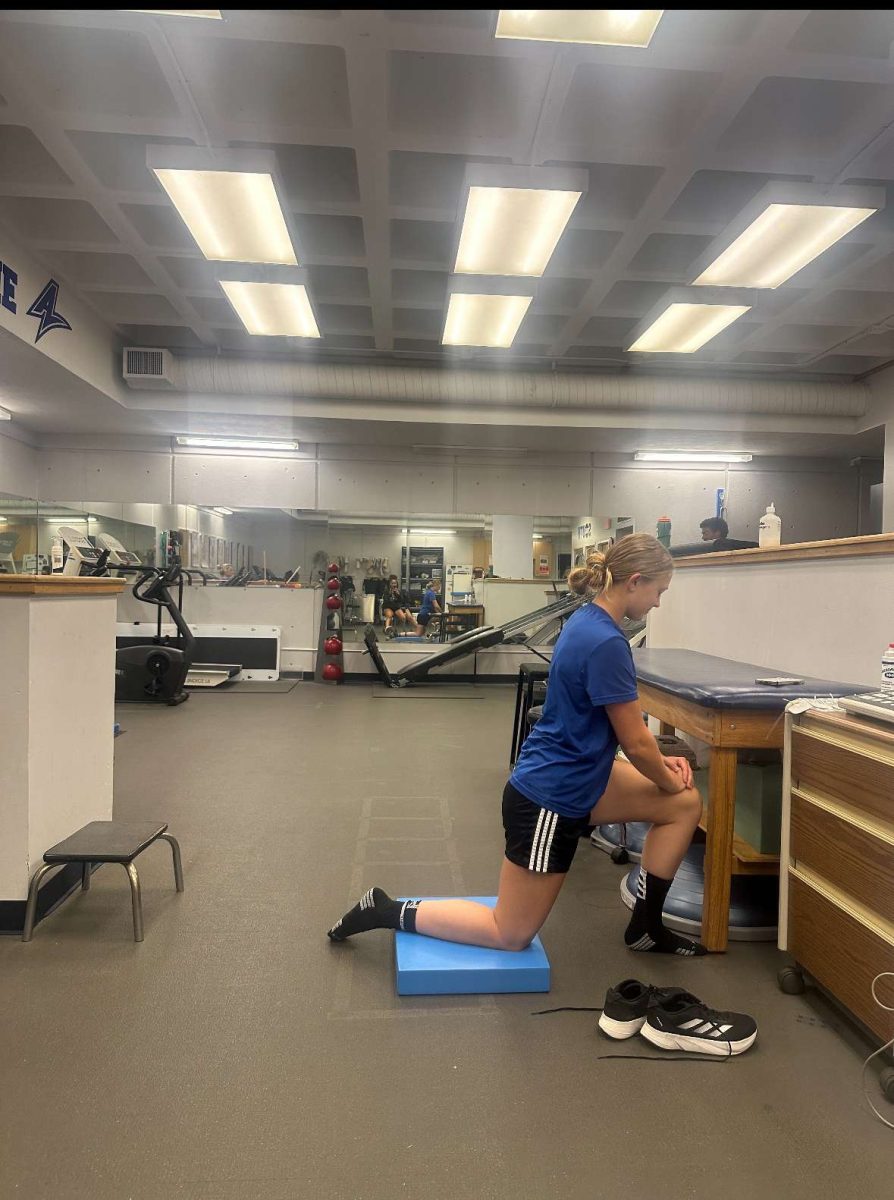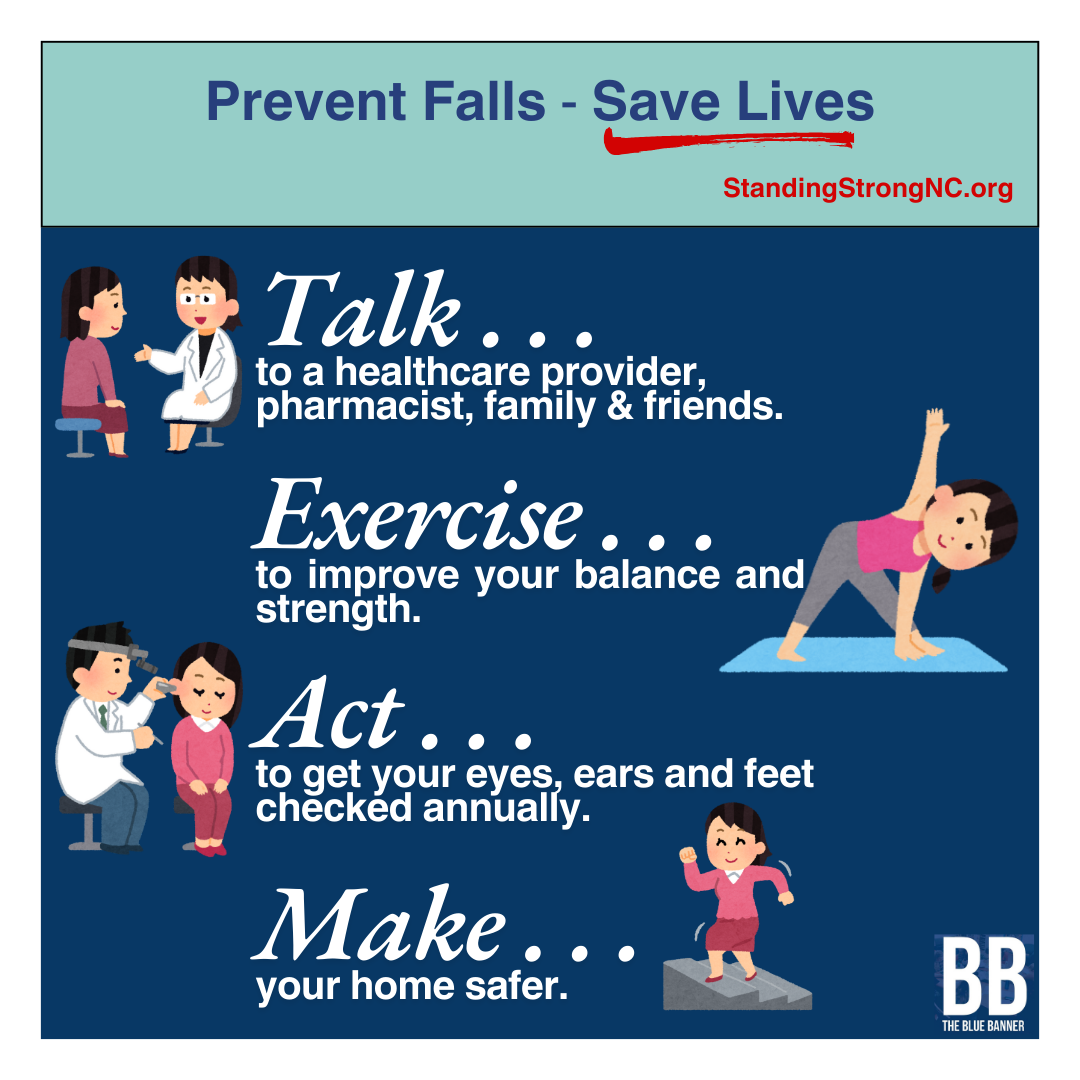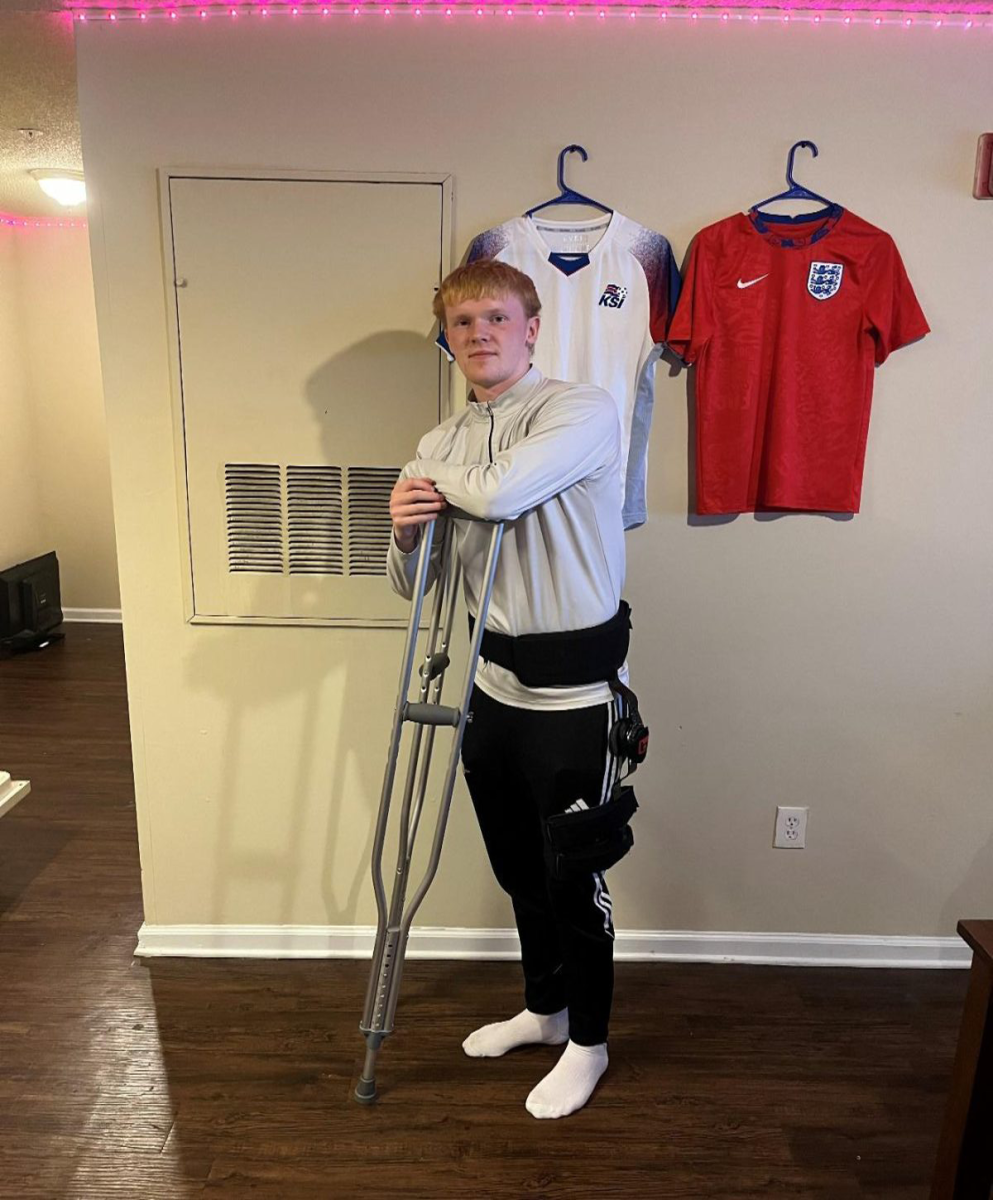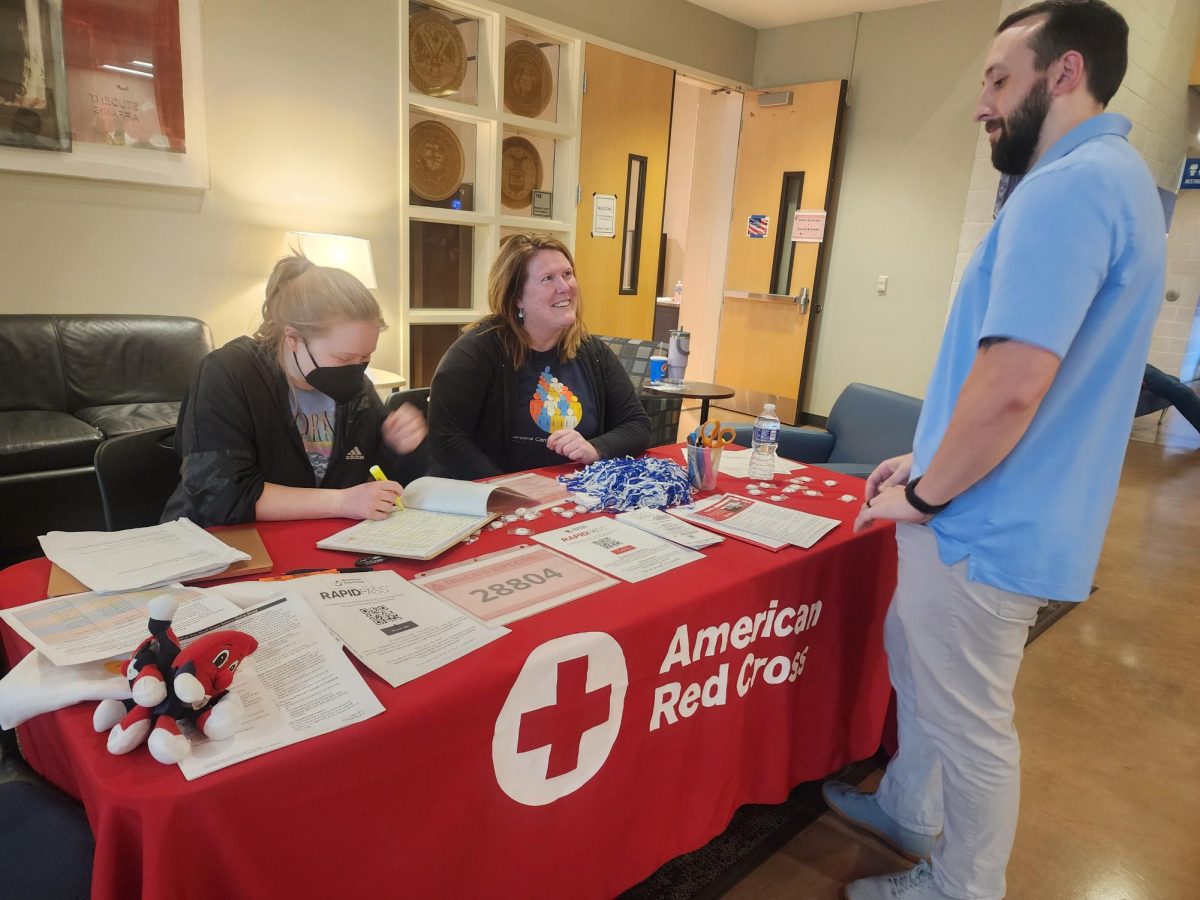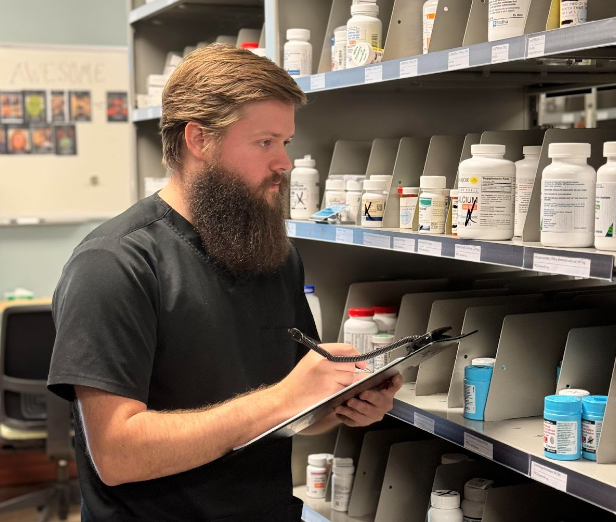Women’s soccer faces a trend in season-ending ACL injuries which threaten the careers of many female athletes.
“ACL prevention should be a focus,” said Lizzie Ball, a UNCA women’s soccer player.
The UNC Asheville women’s soccer team suffered three ACL injuries in the past 12 months, which puts them on a year-long journey to return to their sport.
“A sprain or tear refers to an injury in the anterior cruciate ligament. Typically, it is a plant and twist motion which the foot plants into the ground, and the femur goes to turn for the body to change positions. The tibia gets stuck and therefore the fibers of the ACL tear,” said Michael Davis, the assistant athletic trainer at UNCA.
As a UNCA women’s soccer player, Ball said she’s experienced this firsthand.
“It was non-contact. I was defending someone and planted with my right foot to go to the left and it just popped,” Ball said.
This serious, season-ending injury caused an uproar in women’s soccer for change to help prevent ACL injuries in female athletes. A new three-year research study program called Project ACL enacted by Nike and the International Federation of Professional Footballers gives female athletes a new opportunity for more information and tactics for ACL prevention.
“I think it’s really good that we are looking into it now, but not sure why it’s taken this long to start this process, however it’s happening so it’s a good thing,” said Estella Garjarsky, a UNCA women’s soccer player.
Davis said women are six to eight times more likely to tear their ACL than men. Because of this high statistic, many women soccer players have the fear of injuring their ACL. This newfound research can help decrease the chance of this happening to female soccer players.
“It starts with exercises that will help muscle activation to try to protect your ACL,” Davis said.
Not only is the injury physically taxing, but it also can be mentally draining when you see others playing the sport you are so used to performing, according to Gajarsky.
“Recovery has been a roller coaster, and the low points are really low and scary,” Gajarsky said.
Gajarsky said that Project ACL is important because it will help provide a better understanding of ACL injuries and how to prevent them. This opens the door for universities like UNCA to have the resources to help and support their female athletes.
“This can help so many people and there has to be a better way to prevent it,” Gajarsky said.


![Brooke Pedersen [second from the right] and Luis Reyes [right] hold banners during the Wrap The Woods event.](https://thebluebanner.net/wp-content/uploads/2025/09/ELIZABETH_PRITCHITT_IMG_3470-1200x804.jpg)
















